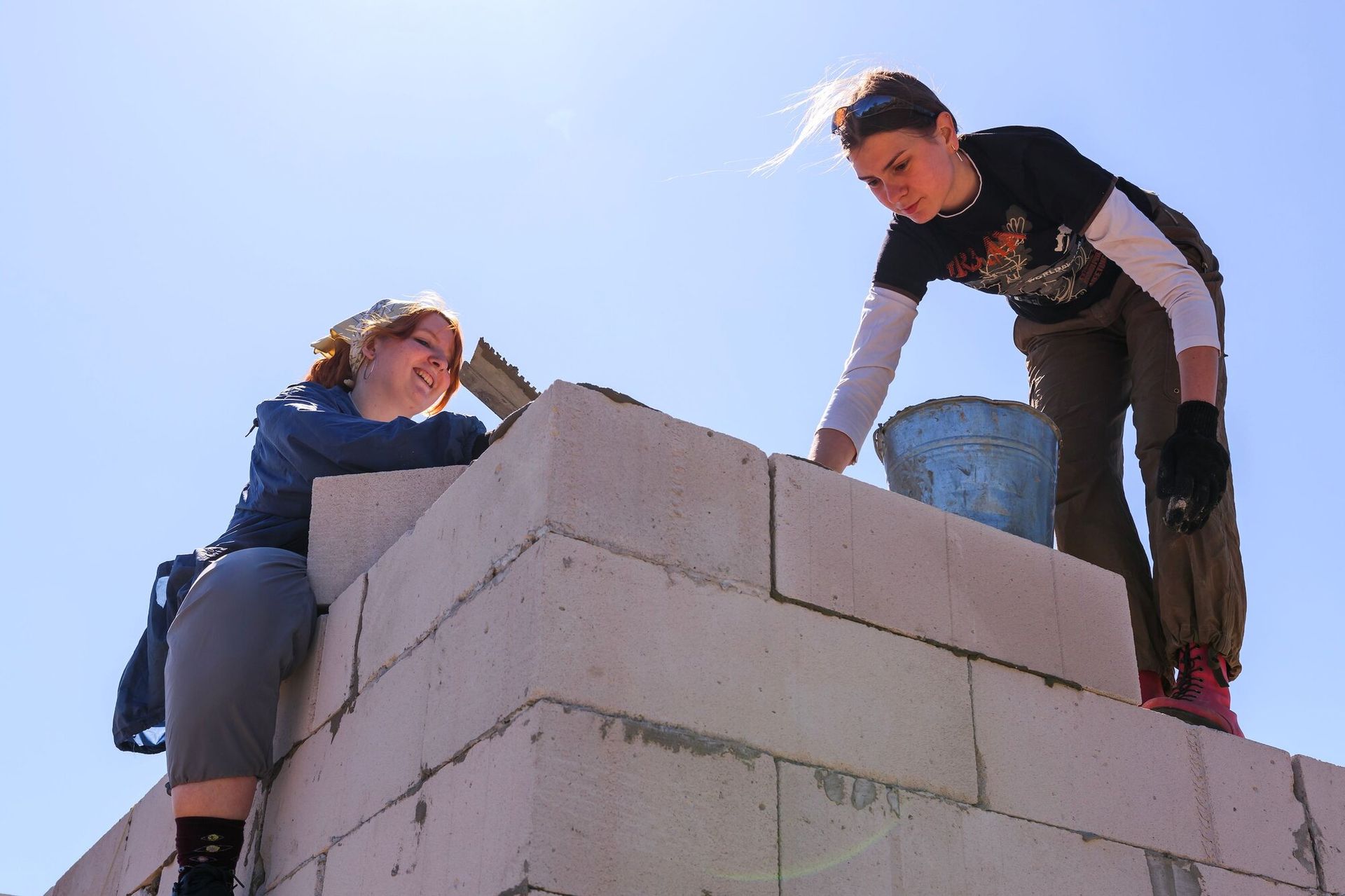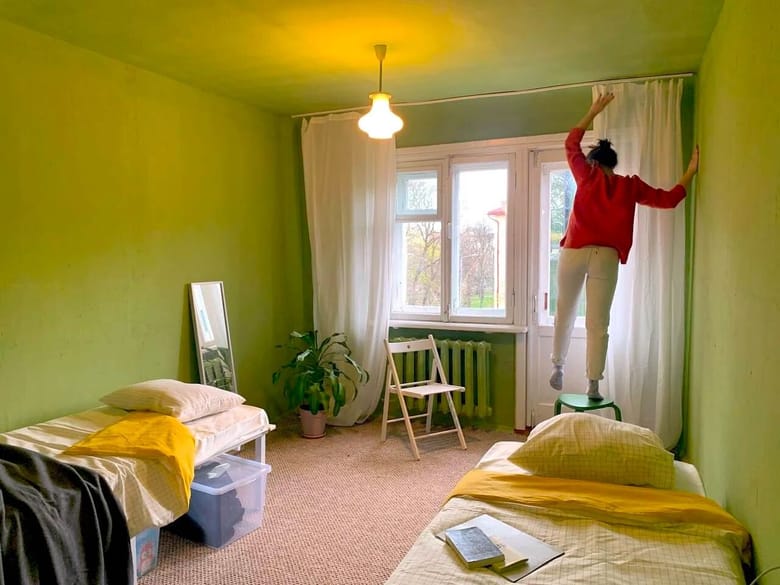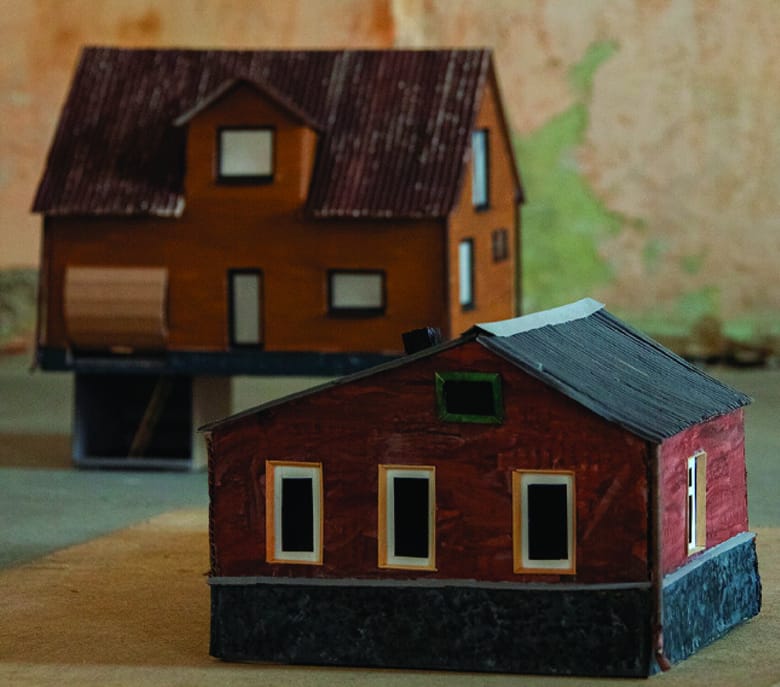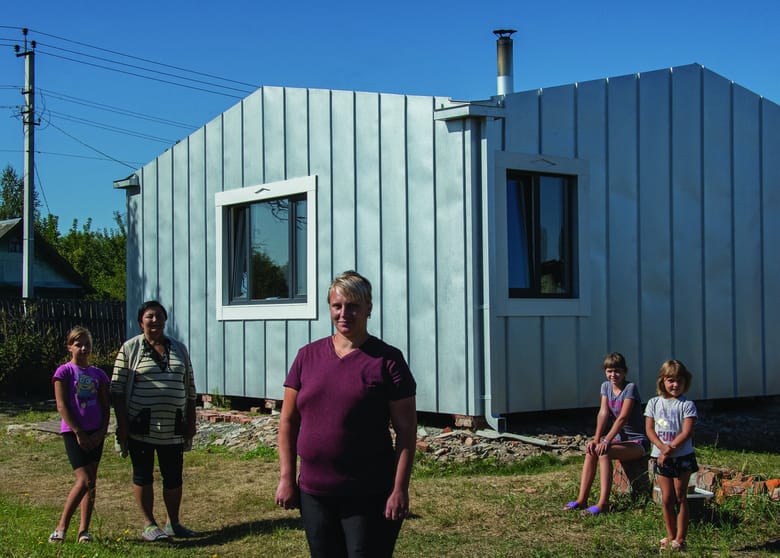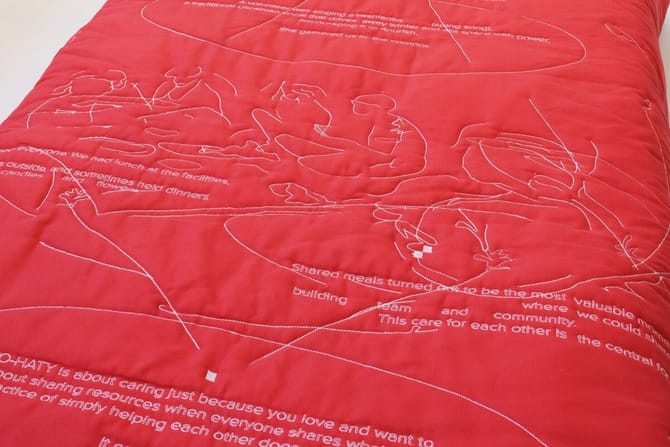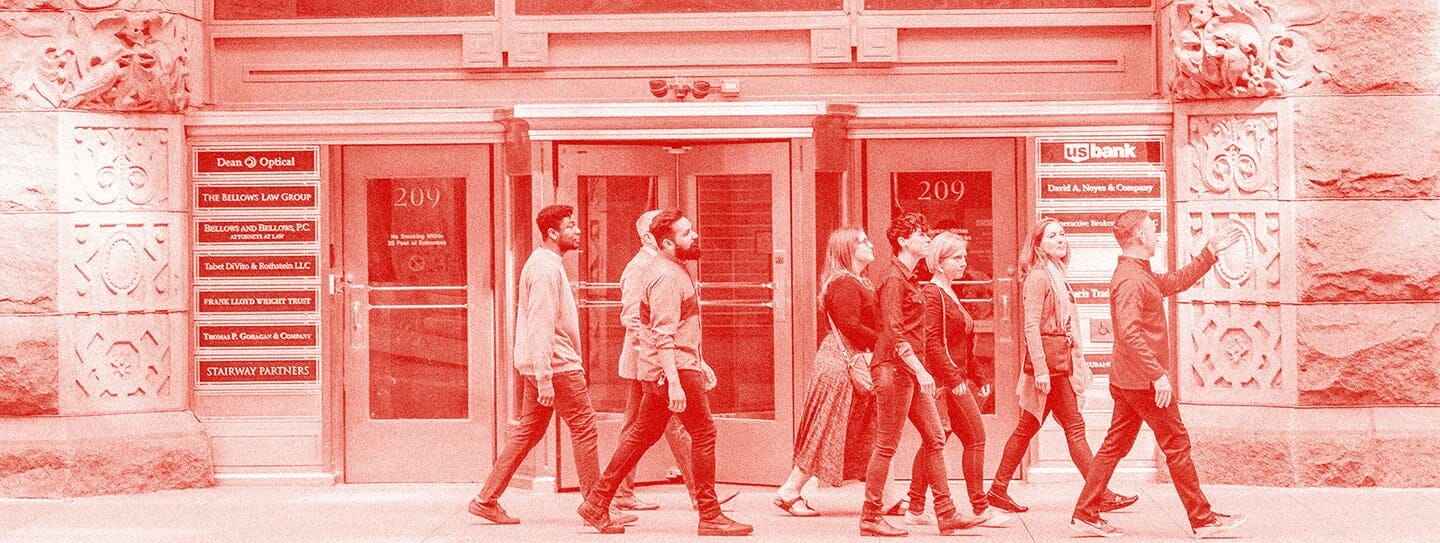Chicago is the second location for this exhibition, which first ran in 2024 at the Center for Architecture in New York. Constructing Hope: Ukraine focuses on decentralized reconstruction efforts, presenting the work of grassroots initiatives happening inside and outside of Ukraine. The exhibition brings together a wide range of projects—from modular furniture designs and housing for internally displaced individuals to detailed documentation of destroyed buildings and spatial memories—to illustrate how architecture can foster mutual aid and facilitate crucial support networks for entire communities. Constructing Hope: Ukraine presents these resourceful initiatives to demonstrate how, even during wartime destruction, these actions provide the hope necessary to move forward.
Using artifacts and other methods of architectural storytelling to imagine a hopeful future, the exhibition includes drawings, photographs, videos, furniture and models. The exhibition will feature a full-scale prototype of a bed designed by the Ukrainian NGO MetaLab, who provide temporary emergency accommodation for internally displaced people in Western Ukraine. As part of their Co-Haty initiative, the team has designed a ready-to-assemble, modular bed that “exemplifies our commitment to thoughtful design, sustainability and adaptability to diverse living situations.”
Constructing Hope: Ukraine showcases models by the artist collective Prykarpattian Theater. The models represent the physical embodiment of people’s destroyed homes and beloved places created together with refugees through photographs and verbal testimonies.
Ukrainian graphic designer Aliona Solomadina created a visual identity for the exhibition inspired by taped windows that are typical throughout Ukrainian cities and towns during the ongoing war. Ukrainian people often tape their windows in intricate, criss-cross patterns to protect their homes from shattering glass during explosions. This practical solution has become a visible symbol of resistance and can be seen throughout the space as well as on the storefront of the Chicago Architecture Center.

